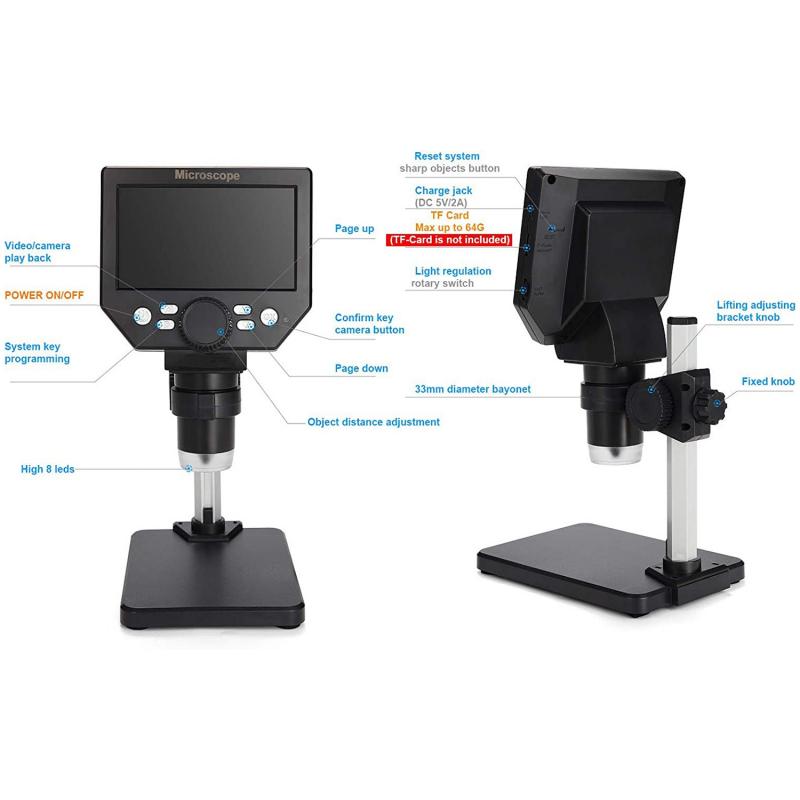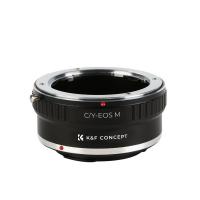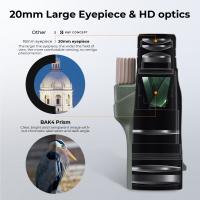When Was The First Light Microscope Developed ?
The first light microscope was developed in the late 16th century, around the year 1590. It was invented by two Dutch spectacle makers, Hans Lippershey and Zacharias Janssen, who were experimenting with lenses and discovered that by placing two lenses in a tube, they could magnify objects. Later, another Dutchman, Antonie van Leeuwenhoek, improved the design of the microscope and used it to observe and study microorganisms, which he called "animalcules." The development of the light microscope revolutionized the study of biology and medicine, allowing scientists to see and understand the structure and function of cells and microorganisms.
1、 Early history of microscopy
The early history of microscopy dates back to the 17th century when the first microscopes were developed. The first light microscope was invented in the late 16th century by Dutch spectacle makers, Zacharias Janssen and his father Hans. However, the credit for the invention of the microscope is often given to Antonie van Leeuwenhoek, a Dutch scientist who improved the design of the microscope and used it to observe microorganisms.
Leeuwenhoek's microscope was a simple design consisting of a single lens that was able to magnify objects up to 300 times. This allowed him to observe bacteria, protozoa, and other microorganisms for the first time. The development of the microscope revolutionized the field of biology and allowed scientists to study the structure and function of cells and microorganisms.
Since the invention of the microscope, there have been many advancements in microscopy technology. The development of electron microscopy in the 1930s allowed scientists to observe even smaller structures, such as viruses and molecules. In recent years, advancements in fluorescence microscopy have allowed scientists to observe living cells and tissues in real-time.
In conclusion, the first light microscope was developed in the late 16th century by Dutch spectacle makers, Zacharias Janssen and his father Hans. However, Antonie van Leeuwenhoek is often credited with the invention of the microscope due to his improvements to the design and his use of it to observe microorganisms. Since then, there have been many advancements in microscopy technology, allowing scientists to observe even smaller structures and living cells in real-time.

2、 Development of the compound microscope
The development of the compound microscope is a fascinating story that spans several centuries. The first recorded use of a simple microscope dates back to the 13th century, but it wasn't until the 17th century that the first compound microscope was developed. The compound microscope is a type of microscope that uses two or more lenses to magnify an object. The first compound microscope was developed by Dutch scientist Antonie van Leeuwenhoek in the late 1600s. Leeuwenhoek was a skilled lens maker and used his expertise to create a microscope that could magnify objects up to 200 times.
The development of the compound microscope revolutionized the field of microscopy and allowed scientists to study the microscopic world in greater detail. Over the years, improvements were made to the design of the compound microscope, including the addition of an adjustable focus and the use of better quality lenses. Today, compound microscopes are used in a wide range of scientific fields, including biology, medicine, and materials science.
In recent years, there has been a growing interest in the development of new types of microscopes that can provide even greater magnification and resolution. One such microscope is the scanning electron microscope, which uses a beam of electrons to create highly detailed images of the surface of objects. Another promising technology is the super-resolution microscope, which uses advanced imaging techniques to overcome the limitations of traditional microscopes and provide unprecedented levels of detail.
Overall, the development of the compound microscope was a major milestone in the history of science and has paved the way for many important discoveries. As technology continues to advance, it is likely that we will see even more exciting developments in the field of microscopy in the years to come.

3、 Improvements in lens technology
When was the first light microscope developed? The first light microscope was developed in the late 16th century by Dutch spectacle makers, Zacharias Janssen and his father Hans. However, the microscope was not widely used until the mid-17th century when improvements in lens technology allowed for greater magnification and clarity.
Improvements in lens technology were crucial to the development of the light microscope. In the 17th century, scientists such as Antonie van Leeuwenhoek and Robert Hooke made significant contributions to the field by improving the quality of lenses and developing new techniques for preparing specimens. These advancements allowed for the observation of previously unseen microorganisms and structures, leading to groundbreaking discoveries in biology and medicine.
Today, the light microscope remains an essential tool in scientific research and is used in a wide range of fields, from microbiology to materials science. Recent advancements in technology have led to the development of new types of light microscopes, such as confocal and super-resolution microscopes, which allow for even greater magnification and resolution.
In conclusion, the first light microscope was developed in the late 16th century, but it was not until improvements in lens technology in the 17th century that it became widely used. Today, the light microscope remains a vital tool in scientific research, and advancements in technology continue to push the boundaries of what we can observe and understand about the world around us.

4、 Advances in specimen preparation techniques
When was the first light microscope developed?
The first light microscope was developed in the late 16th century by Dutch spectacle makers, Zacharias Janssen and his father Hans. This early microscope was a simple device consisting of a convex lens mounted in a tube, which could magnify objects up to 9 times their original size. Over the next few centuries, the light microscope underwent numerous improvements, including the addition of a second lens to create a compound microscope, and the development of better lenses and illumination techniques.
Advances in specimen preparation techniques have also played a crucial role in the development of the light microscope. Early microscopists were limited by the quality of the specimens they could observe, as many biological samples were too thick or opaque to be viewed under the microscope. However, the development of staining techniques, which use dyes to highlight specific structures within a sample, allowed for more detailed observations of cells and tissues.
In recent years, advances in imaging technology have allowed for even more detailed observations of biological specimens. Techniques such as confocal microscopy and super-resolution microscopy have revolutionized our understanding of cellular structures and processes, allowing researchers to visualize structures at the nanoscale level.
Overall, the development of the light microscope has been a long and ongoing process, with numerous advancements in both the technology itself and the techniques used to prepare and observe specimens. These advancements have allowed us to gain a deeper understanding of the microscopic world and have paved the way for many important discoveries in the fields of biology and medicine.










































There are no comments for this blog.